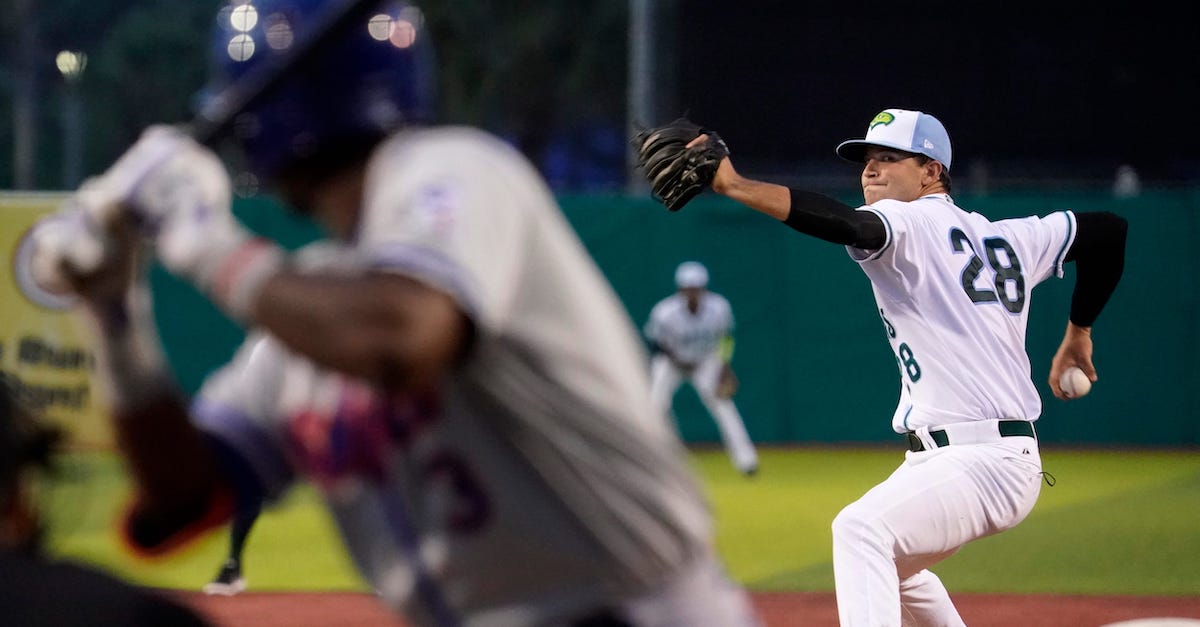Szymborski’s 2022 Breakout Candidates: Pitchers

One of my favorite yearly preseason pieces is also my most dreaded: the breakout list. I’ve been doing this exercise since 2014, and while I’ve had the occasional triumph (hello, Christian Yelich), the low-probability nature of trying to project who will beat expectations means that for every time you look smart, you’re also bound to look dumb for some other reason. Yesterday, I highlighted my breakout candidates among the league’s hitters. Today, I consider the pitchers.
Let’s start things off with a brief look at last year’s breakout pitcher list and see how they fared:
- Jordan Montgomery: 3.83 ERA, 3.69 FIP, 3.3 WAR in 157.1 IP
- Joe Musgrove: 3.18 ERA, 3.70 FIP, 3.3 WAR in 181.1 IP
- Zach Eflin: 4.17 ERA, 3.68 FIP, 2.2 WAR in 105.2 IP
- John Means: 3.62 ERA, 4.62 FIP, 2.5 WAR in 146.2 IP
- Ryan Tepera: 2.79 ERA, 2.73 FIP, 1.6 WAR in 61.1 IP
- Julio Urías: 2.96 ERA, 3.13 FIP, 5.0 WAR in 185.2 IP
- Dylan Cease: 3.91 ERA, 3.65 FIP, 4.4 WAR in 165.2 IP
- Jeffrey Springs: 3.43 ERA, 3.91 FIP, 0.2 WAR in 44.2 IP
Seven of the eight players here either tied (Musgrove) or beat their previous career best in WAR, so it would be greedy to complain that Means only had a good bounce rather than finding a truly new plateau. While I’d like to attribute this showing to some brilliance on my part, I’d also call these results luckier than average and certainly above any reasonable mean expectation of my perceptiveness. Read the rest of this entry »








